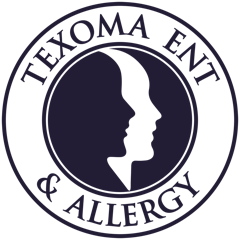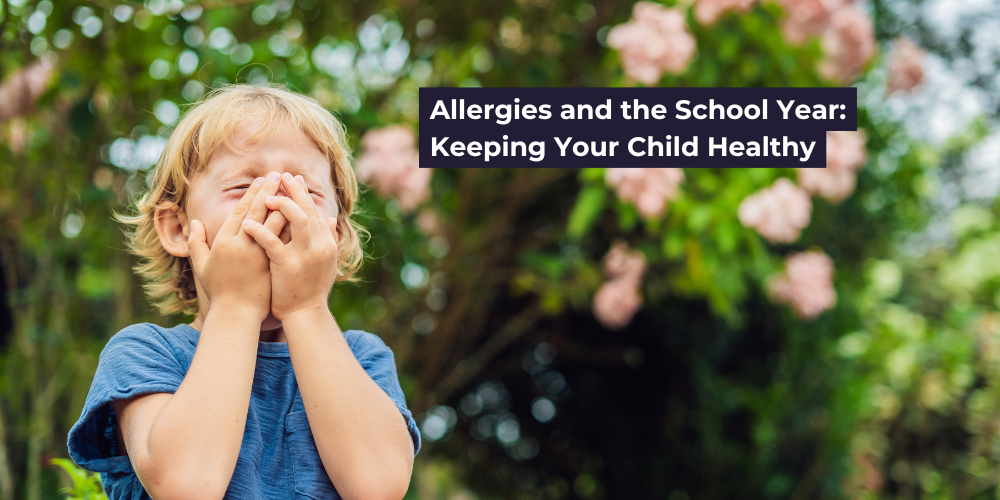As the school year gets into full swing, many children begin to experience the disruptive symptoms of allergies. Allergies can significantly impact a child’s ability to focus, participate in activities, and enjoy their school experience. By understanding the common allergens in school environments, recognizing allergy symptoms, and implementing preventive measures, parents can help keep their children healthy and thriving throughout the school year.
Common School Allergens
School environments can be filled with potential allergens that may trigger symptoms in sensitive children. According to the Asthma and Allergy Foundation of America (AAFA), common school allergens include:
- Dust Mites: Found in classrooms, libraries, and gymnasiums.
- Mold: Can grow in damp areas such as bathrooms and locker rooms.
- Pet Dander: Carried in by everyone on clothes, backpacks, etc. etc.
- Pollen: Present during outdoor activities and carried into classrooms.
Recognizing Allergy Symptoms
Allergy symptoms can range from mild to severe and can affect different parts of the body. Common symptoms could include:
- Sneezing
- Runny or stuffy nose
- Itchy or watery eyes
- Coughing
- Skin rashes
In some cases, allergies can exacerbate asthma symptoms, leading to wheezing and difficulty breathing. The Centers for Disease Control and Prevention (CDC) reports that about 1 in 13 children in the United States has asthma, which can be triggered by allergens.
Preventing Allergy Symptoms
Preventing allergy symptoms takes a combination of strategies to reduce exposure to allergens and strengthen the immune system. Here are some practical tips:
- Keep Indoor Spaces Clean: Regularly clean and dust your home, especially your child’s bedroom, to minimize exposure to dust mites and pet dander. Consider using allergy-proof covers for mattresses and pillows.
- Monitor Pollen Levels: Check local pollen forecasts and keep windows closed during high pollen days. Encourage your child to change clothes and shower after outdoor activities to remove pollen.
- Maintain a Healthy Diet: A balanced diet rich in fruits, vegetables, and lean proteins can support a strong immune system. Foods high in antioxidants, such as berries and leafy greens, can help reduce inflammation.
- Use Air Purifiers: Consider using HEPA air purifiers in your home to reduce airborne allergens. Ensure your child’s school is well-ventilated and inquire about their cleaning protocols.
Treatment Options for Allergies
Despite preventive measures, children may still experience allergy symptoms. Recognizing when to seek treatment and knowing the available options can help manage symptoms effectively. Over-the-counter medications, such as antihistamines and nasal corticosteroids, can provide relief from mild to moderate symptoms. For more severe allergies, prescription medications or immunotherapy may be necessary.
It’s essential to communicate with your child’s school about their allergies. Provide the school nurse and teachers with information about your child’s triggers, symptoms, and medications. Ensure that your child has access to their medications during school hours and that staff members are trained to respond to allergy-related emergencies.
Ensuring a Healthy School Year
As the school year progresses, being proactive about allergy management can help your child stay healthy and focused. By understanding common allergens, recognizing symptoms, and implementing preventive measures, you can minimize the impact of allergies on your child’s school experience.
If you have concerns about your child’s allergies or need personalized advice, don’t hesitate to contact Texoma ENT & Allergy for professional guidance and care. Our team can be reached by calling (940) 322-6953.
For more information on managing allergies check out our guide with Five Tips On How To Deal With Fall Allergies In Texas.





